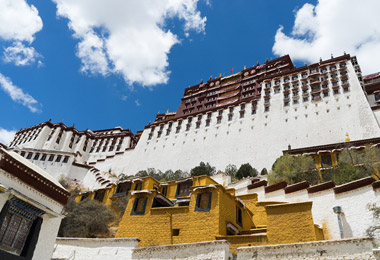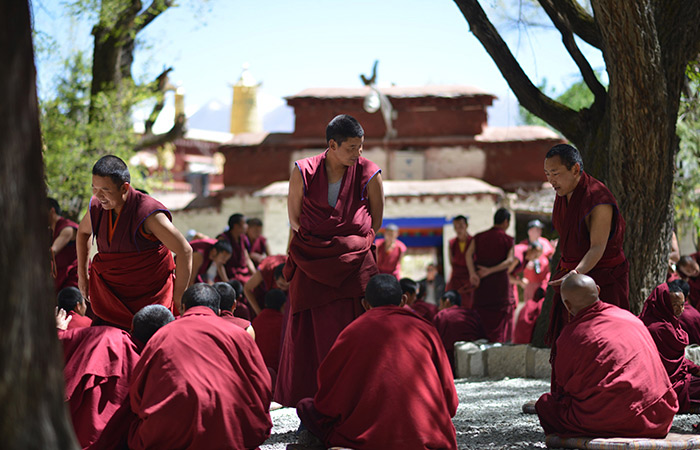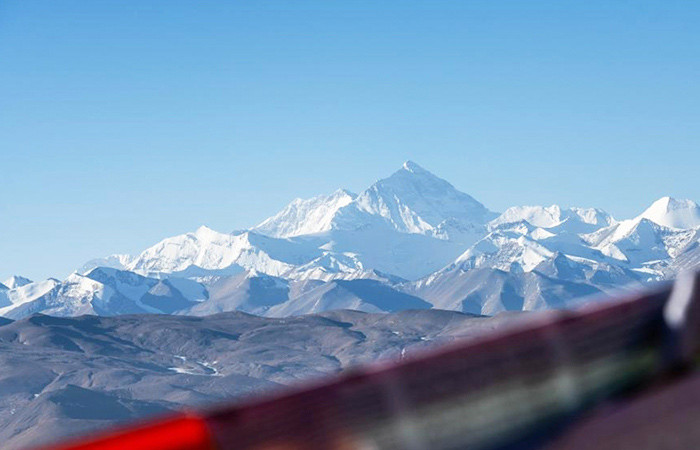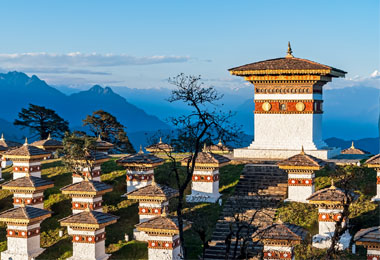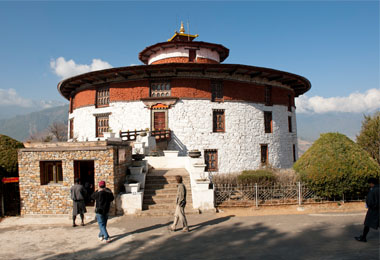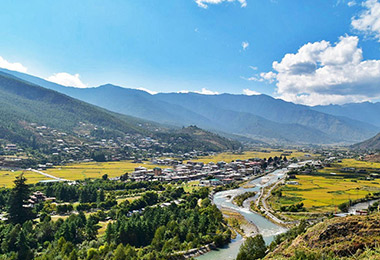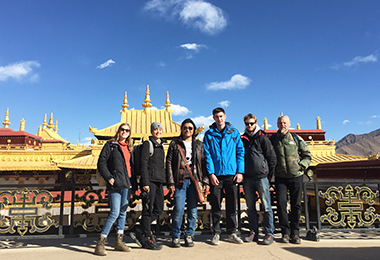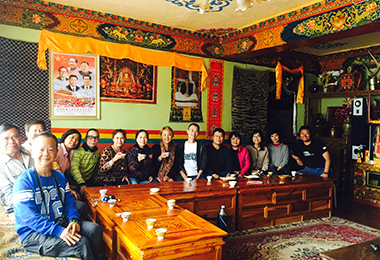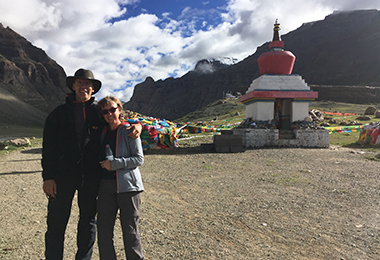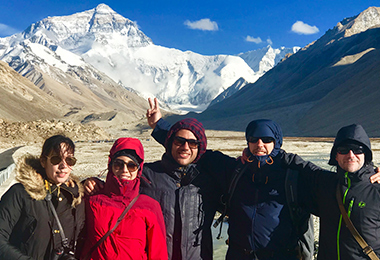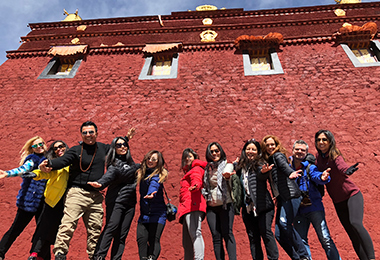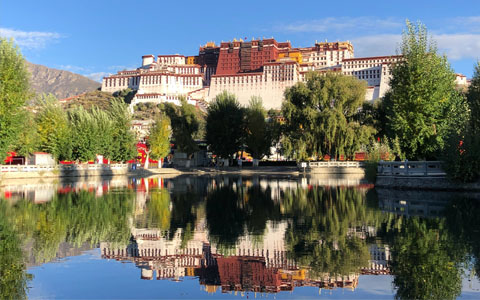Day 1: Arrival in Delhi
Upon your arrival in Delhi, our guide will meet you outside of the airport and transfer you to the hotel. The rest of the day is free for you to have a good rest or explore the city.
Stay overnight in Delhi.
Day 2: Delhi Day Tour: Raj Ghat, Jama Masjid, India Gate, Qutab Minar
Today, you will firstly explore the Old Delhi, locate in the north of Delhi. Raj Ghat is a memorial, which is dedicated to Mahatma Gandhi. He is the father of India, and led India independence from British colonial rule. Then, head to Jama Masjid, one of the largest mosques in India.
In the afternoon, go to the New Delhi, the economic and administrative center of India. Unlike Old Delhi, the streets are wide and tidy here. You will visit India Gate, 26 meters high, and looks like the arc DE triomphe in France. It is the landmark of India. Last, sightsee Qutab Minar. It is the highest minaret in India and is known as one of the seven wonders of Hindustan.
Stay overnight in Delhi.
Day 3: Travel from Delhi to Jaipur
Today, keep your journey from Delhi to Jaipur. The biggest feature of Jaipur is pink. On the streets of Jaipur, you can see the buildings are neatly arranged, and with Pink walls, pink windows, pink domes. Besides, you will pass idyllic Indian villages and Aravalli hills on the way to Jaipur.
Stay overnight in Jaipur.
Day 4: Jaipur sightseeing: Amber Fort, City Palace, Jantar Mantar
After breakfast, leave for Amber Fort, a must see in Jaipur. It was the capital of the ancient maharaja of India, founded in 1592. You can take an elephant ride here. Then, head to City Palace, one of the best-preserved monuments in India. It was built in 1729, and contains a large number of ornaments, carpets, weapons, etc. Finally, go to Jantar Mantar. It was built by the Rajput king Sawai Jai Singh II.
Stay overnight in Jaipur.
Day 5: Jaipur to Agra
Today, drive to Agra from Jaipur. On the way, you will visit Chand Baori, a stepwell situated in the village of Abhaneri. It consists of 3,500 narrow steps over 13 stories, and it is one of the deepest and largest stepwells in India. Besides, you will sightsee Fatehpur Sikri.
Stay overnight in Agra.
Day 6: Tour Agra and Drive back to Delhi
In the morning, head to the world-famous Taj Mahal, it was voted one of the new seven wonders of the world. It was built for Mumtaz Mahal who is the favourite wife of Mughal emperor Shah Jahan. You must be marvel at this beautiful architecture. Then, drive back to Delhi.
Stay overnight in Delhi.
Day 7: Fly from Delhi to Kathmandu
Take the morning flight from Delhi to Kathmandu. The air journey is just around 1h40m. When Arrive at Kathmandu, tour guide will await you outside the arrival area and transfer you to hotel. The rest of the day is free for you to have a good rest or explore the city.
Stay overnight in Kathmandu.
Day 8: Day Tour in Kathmandu and Travel to Nagarkot
Pashupatinath the most important Hindu temple in Nepal, the old buildings on the site were destroyed by Moslem invaders in the 14th century, its stone linga smashed to dust, but it rose again behind their retreating backs. Succeeding monarchs reinstated the temple and the images. Bouddhanath is among the largest stupas in South Asia, and it has become the focal point of Tibetan Buddhism in Nepal. The white mound looms thirty-six meters overhead. The stupa is located on the ancient trade route to Tibet, and Tibetan merchants rested and offered prayers here for many centuries.
Bhaktapur Durbar Square is a conglomeration of pagoda and shikhara style temples grouped around a fifty-five-window palace of brick and wood. The square is one of the most charming architectural showpieces of the Valley as it highlights the ancient arts of Nepal.
Stay overnight in Nagarkot.
Day 9: Nagarkot to Kathmandu
Today, drive back to Karhmandu, and visit some attractions. Kathmandu’s Durbar Square is one of three durbar (royal palace) squares in the Kathmandu Valley. It is the site of the Hanuman Dhoka Palace Complex, which was the royal Nepalese residence until the 19th century and where important ceremonies taken place. Swayambhunath the golden spire of the 5th-century Swayambhu stupa is adorned with a colorful fluttering of prayer flags; it crowns a hill overlooking the Kathmandu Valley and offers fantastic views over the city of Kathmandu.
The last site we visit for today is Patan City which is the second largest town in Kathmandu valley. Patan's central Durbar Square is entitled in the World Heritage Site and absolutely packed with temples, the Golden Temple which is the unique Buddhist Monastery was founded in the 12th century, is a large rectangular building has three roofs and a copper gilded facade with the images of Buddha and Avalokitesvara where there are Buddha images and illustrations on the walls.
Stay overnight in Kathmandu.
Day 10: Kathmandu to Chitwan
We get up early in the morning to catch tourist coach to Chitwan. If you take flight, it only takes 35 minutes. While the driving takes 6 hours. As soon as you arrive in Chitwan the trip briefing will be given with welcome drink. You will be doing Elephant safari; Jungle walk and at evening Tharu cultural show in Chitwan.
Stay overnight in Chitwan.
Day 11: Chitwan Jungle Park Exploration
Early morning you visit the Jungle to refresh your spirit of adventure on a guided walk through the national park, returning to the lodge in time for breakfast.
You will follow a full day true jungle experience with the in-house expert naturalists including Bird watching, Elephant bathing and canoeing. You will also visit the small village of Tharu ethnic group to get a sense of what their world and lives are like through interactions with the locals. A special sundowner can be suggested at the confluence of the Rapti River amidst spectacular sunset view.
Stay overnight in Chitwan.
Day 12: Chitwan to Pokhara
Today, drive from Chitwan to Pokhara. After arriving in Pokhara, you will visit Phewa Lake, which is the second largest lake in the Kingdom. And it is the largest and most enchanting of the three lakes that add to the resplendence of Pokhara. Here, one can sail or row a hired boat across to the water or visit the island temple in the middle. The favourite home base for travelers is the eastern shore You can do some outdoor activities like paragliding, helicopter in Polhara, cost is not included in the package.
Stay overnight in Pokhara.
Day 13: Pokhara Day Tour
Early morning excursion to Sarangkot to view the spectacular scene of the sun rising out of the mountain peaks. At an elevation of just under 1,600 metres, Sarangkot is perched on a high ridge to the northwest of Pokhara and has panoramic mountain views from Dhaulagiri and across the Annapurnas to Manalsu, as well as south over the Pokhara Valley. Sunrise - subject to weather.
Then, we do the Sightseeing tour in Pokhara City. The World Peace Pagoda can be seen on top of a hill on the southern fringe of Phewa Lake. It has four images of the Buddha facing the four directions. The dome-shaped pagoda is an impressive sight, and its hilltop location commands a great view. It is a great vantage point which offers spectacular views of the Annapurna.
Stay overnight in Pokhara.
Day 14: Pokhara back to Kathmandu
Today, you will drive back to Kathmandu from Pokhara. On the way, you will explore Damauli bazaar.
Stay overnight in Kathmandu.
Day 15: Fly from Kathmandu to Lhasa
Fly to Lhasa in the morning. The air journey is just around 2 hours. You will be shocked by amazing Himalaya mountain range, the mountains which over 8000m are just moving across you, and you cannot see the side of the snow-capped mountains. Arrive Lhasa Gongar International Airport, tour guide will await you outside the arrival area. Transfer for your stay at Lhasa. In the afternoon, you need to stay at hotel to acclimatize the high altitude.
Stay overnight in Lhasa.
Day 16: Lhasa to Namtso LakeLhasa Sightseeing - Potala Palace, Jokhang Temple and Barkhor Street
After breakfast, we go to the Potala Palace, a golden feather upon the roof of the world, which Tibetans proudly claim to be the prime miracle since the creation of this world. It is visible from any distance, with the golden roof shinning in the sun, spend one hour wondering around the inside of this magnificent building exploring the rooms previously used by the Dalai Lama and the many Buddhist icons within.
In the afternoon we go inside of the Jokhang Temple. The Jokhang, like most of the larger temple structures have numerous individual temples within it dedicated to specific enlightened beings, protectors, high lamas, or saints. Images, both sculpted and painted, are everywhere. Every inch of wall and ceiling is brightly painted with images of clouds, beings, mandalas, or decorative patterns. Colorful silk banners, three stories high, hang in various places. Color, pattern, and images crowd in around you. The central image inside the building is a 30-foot high gilded image of Maitreya Buddha.
Then stroll around the back alleys of the Barkhor Street of Old Lhasa. The streets smelled of yak butter and incense while hordes of pilgrims shuffled along the main Kora (circumambulations) around Jokhang Temple. If someone just walked at a normal pace, one kora would take about 15-20 minutes.
Stay Overnight in Lhasa.
Day 17: Lhasa Sightseeing - Drepung Monastery and Sera Monastery
In the morning, you will have a tour for Drepung Monastery, the ever-largest monastery with more than 10 thousand monks, Buddhist debates often occur there. Seen from afar, its grand, white construction gives the monastery the appearance of a heap of rice. As such, it was given its name which, in the Tibetan language, means Monastery of Collecting-Rice. Learn about the lives of Tibetan monks there.
In the afternoon, you are going to visit Sera Monastery, have a little hike for the beautiful valley scenery nearby and picnic there. Sera monastery was created in 1419 and has always been an important Buddhist seminary. As rose are planted everywhere in the monastery, it is also called “the court of wild rose”. Today still 200 lamas live in there. You may have the chance to watch the famous Monks Debate (usually from 15:00 to 17:00) before returning to Lhasa.
Stay overnight in Lhasa.
Day 18: Lhasa (3650m) to Shigatse (3900m)
In the morning, drive from Lhasa to Shigatse. On the way, drive over the Gampala pass (4790 m), and tourists will have a glimpse of Yamdrok-tso (4400m). The Lake is surrounded by many snow-capped mountains and in the distance, clients can have spectacular views of Holy Mount NyenchenKhangsar, (7191m) the highest mountain near Lhasa. Gyantse was historically Tibet's third largest city (after Lhasa and Shigatse). In Gyantse, tourists will visit the famous Pelkor Monastery and Gyantse Kumbum. After one and a half driving, we arrive in Shigatse, which is the second largest city in Tibet. In Shigatse, tourists will visit Tashilhunpo Monastery, the seat of Tibet's second highest incarnation, the Panchen Lama.
Stay overnight in Shigatse.
Day 19: Shigatse (3900m) to EBC (5200m)
Drive to Lhatse, it is a small town where tourists can have lunch. Then, head to Shegar and if the weather is clear enough then on the way down to Shegar tourists will view the Mount Everest in the distance. After 4 to 6 hours’ drive, tourists will arrive at Rongbuk monastery but on the way, they will pass one of the highest Passes in Tibet (pang la pass height 5050m) from that’s pass they will view the whole five highest peaks in the world.
Stay overnight in Rongbuk Tent Guest house or local Tibetan Tent.
Day 20: EBC (5200m) to Gyirong (3900m)
Open your eyes, and wake up to the first sunlight shining over the pyramid-shaped summit of imposing Mount Everest. Grab your camera for an epic shot and stroll to the Rongbuk Monastery, exploring this world’s highest Buddhist compound. If you wish, you can do the meditation and experience the unparalleled tranquility and harmony there. Or you can interact with monks and nuns with the help of guide to learn more of their unique spiritual life.
Then, you will head for Gyirong, where you will leave from China. On the way, you can enjoy the stunning scene of Himalaya and Gangdise Mountain.
Stay overnight in Gyirong.
Day 21: Exit Tibet via Gyirong Border to Kathmandu
In the morning, our Tibetan guide will escort you to Gyirong border. Then, you are kindly required to hike on your own to cross the border bridge which is 50m long, then check in Nepal side, you can get the Nepal visa upon arrival with US$30, please prepare one photo at passport size to get Nepal Visa.
After you get to Nepal side, please find our guide. The guide will accompany you in a comfortable vehicle to the hotel in downtown (7-8hours’ ride) and help you with the check-in procedure. The rest of the day is left for you to have a good rest or to become familiar with the capital city of Nepal by yourself.
Stay overnight in Kathmandu.
Day 22: Arrive in Paro, then drive to Thimphu
Welcome to Paro. In the afternoon, we will head to visit the landmarks in Thimphu, including the Kyichu Lhakhang and Paro Rinpung Dzong. Kyichu Lhakhang is also known as Kyerchu Temple and is the oldest and most beautiful temple in Bhutan. Paro Rinpung Dzong, built in 17th century as a fortress to protect Paro valley, offers you picturesque scenery and a sense of inner peace.
Stay overnight in Thimphu.
Day 23: Thimphu Sightseeing and Drive to Punakha
In the Morning, we will continue sightseeing in Thimphu. You will pay a visit to National Library that houses the world’s largest book and many ancient Buddhist texts and manuscripts, Painting School which is famous for traditional Thangkha paintings, Traditional Medicine Institute where the centuries old herbal medicine is still practiced and the folk heritage museum. And the highlight comes as you tour the Tashichho Dzong, the most beautiful Bhutan dzong as well as the headquarters of Bhutan government.
After lunch, we will drive from Thimphu to Punakha crossing Dochula pass at 3100mtrs where you can see the 108 beautiful chortens built by Her Majesty Ashi Dorji Wangmo Wangchuk. From this pass, on a clear day, you can have a superb view of the highest peaks in Bhutan.
Stay overnight in Punakha.
Day 24: Punakha Sightseeing and Drive back to Paro
Get up in the morning to visit Punakha Dzong, widely believed to be the most beautiful Bhutanese Dzong, built at the confluence of Pho Chhu and Mo Chhu Rivers. Never miss the Punakha festival around mid-Feb if you come at the right time.
After touring Punakha, we are about to drive back to Paro. In the afternoon, we head to the National Museum of Bhutan, which looks like a round watchtower. You can trace back to the ancient Bhutan history and explore the diverse wild lives as well as splendid local culture and arts. Then we drive to visit Drukgyel Dzong, where you can enjoy the enchanting village lying at its foot.
Stay overnight in Paro.
Day 25: Trek to Taksang Lhakhang (Tiger’s Nest)
Today, we will enjoy the wonderful trek to Taktshang Goemba, also known as Tiger's Nest. Perched on the cliff of Paro Valley, Taktshang Goemba (3120 meters) is the landmark of Paro as well as the holiest temple in Bhutan. It’s said that Guru Rinpoche had flied here on the back of a tigress and meditated in the caves on the cliffside for three months. From here, you can catch a panoramic view of Paro Valley.
In the afternoon, you may opt for a stone bath or enjoy free exploration nearby.
Stay overnight in Paro.
Day 26: Departure from Paro
Our guide will pick you up from the hotel and send you to the airport so that you can board the flight back home after this pleasant tour. Tour service end.





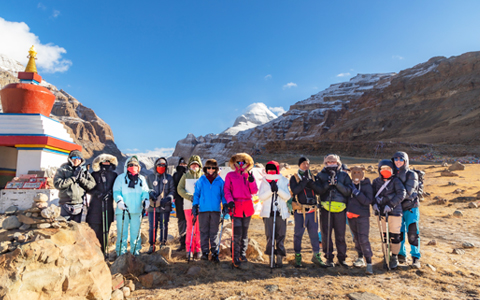

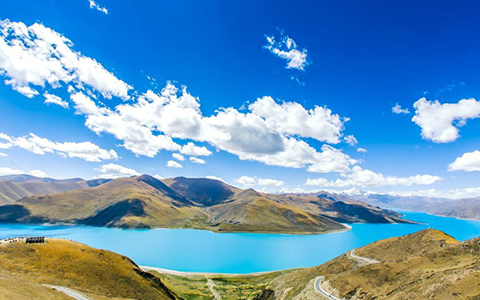
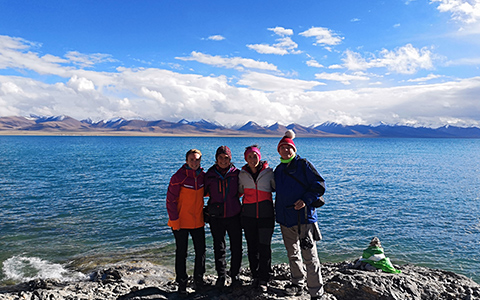
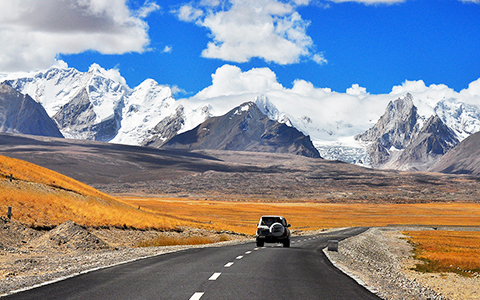


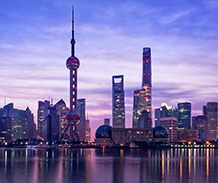
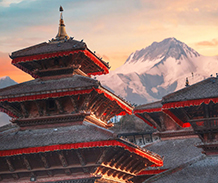
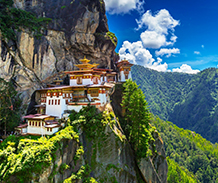
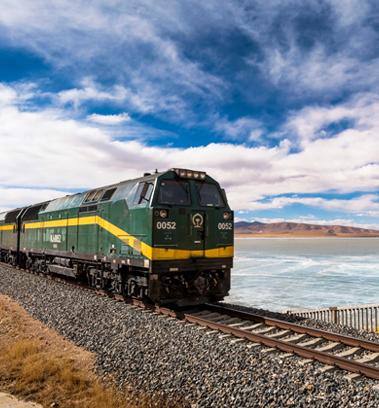



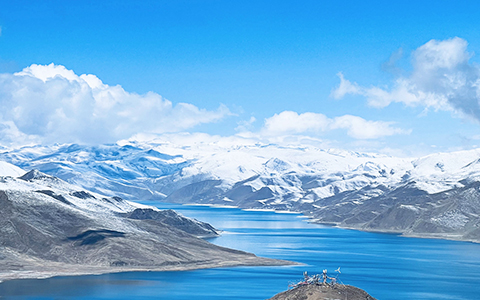
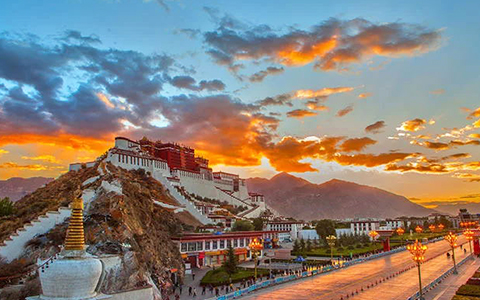






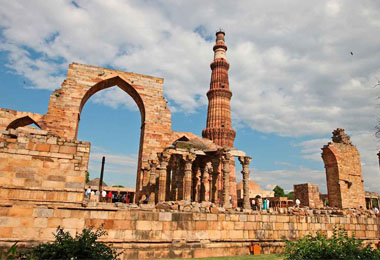

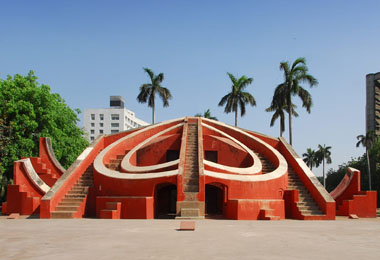

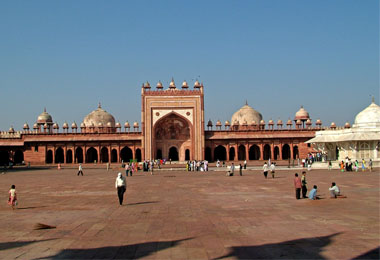
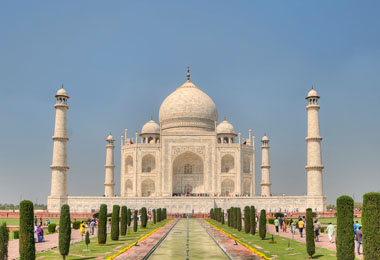
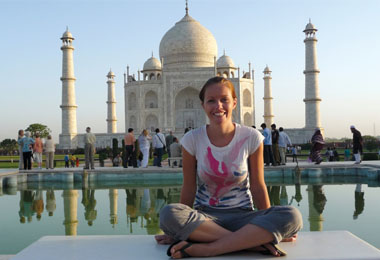

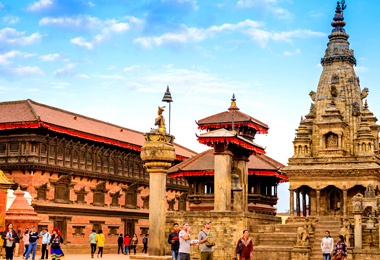

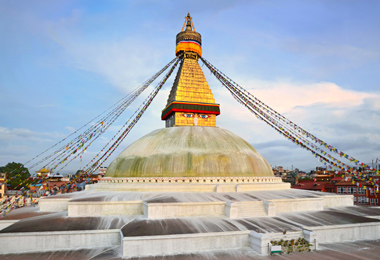

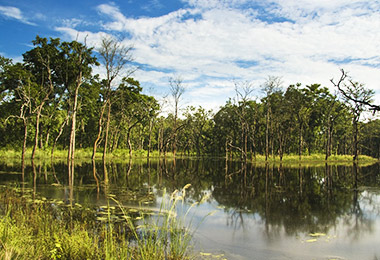

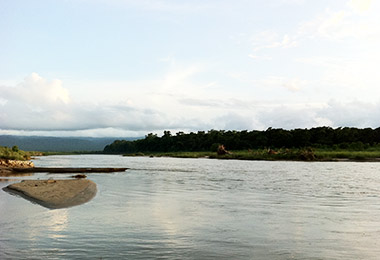

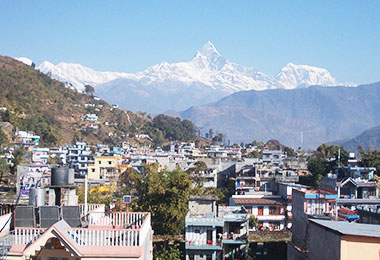


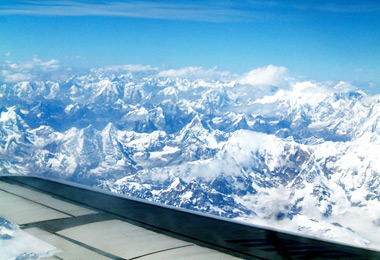
.jpg)
